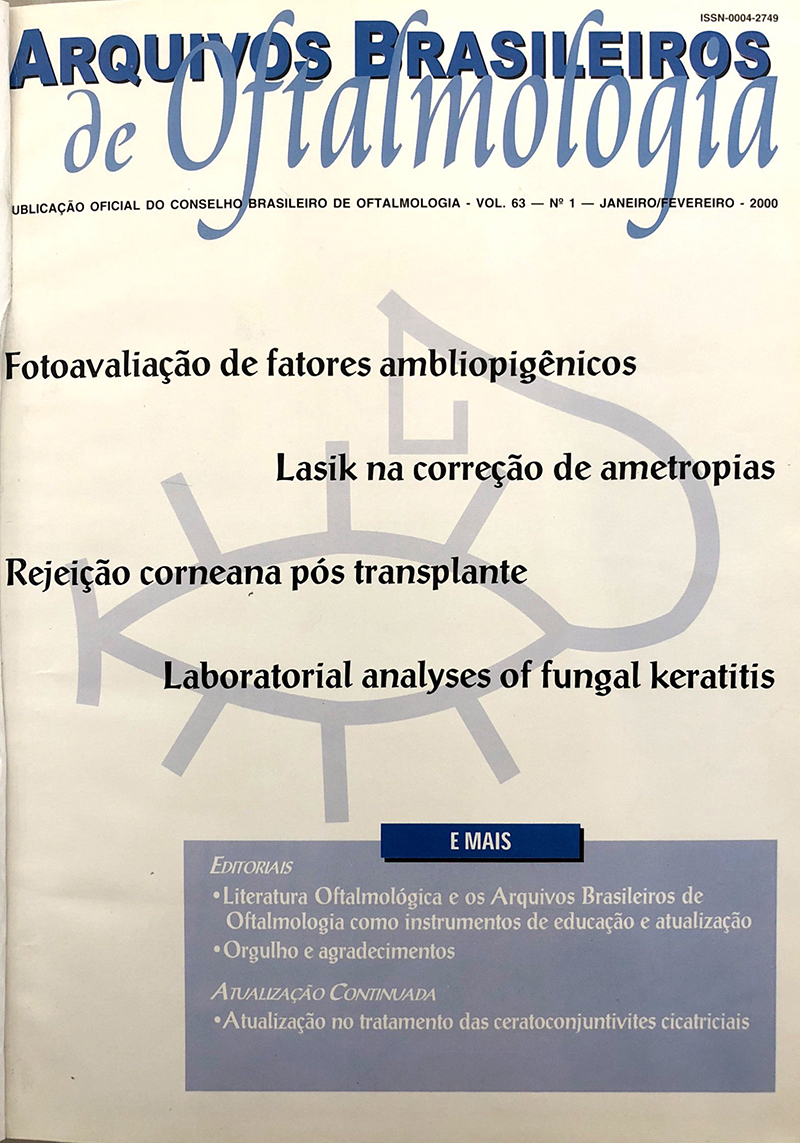Purpose: To report the experience on our first 329 eyes operated with the Lasik technique for myopia, astigmatism and hyperopia, with a minimum postoperative follow-up period of 6 months. Methods: We retrospectively analyzed the results of Lasik surgery of 110 eyes with low myopia (group I), 113 with moderate myopia (group II), 47 with high myopia (group III), 139 with low astigmatism (group IV), 31 with moderate astigmatism (group V), 27 with low hyperopia (group VI) and 25 with moderate hyperopia (group VII). Results: Mean preoperative refractive error of each group was, respectively, -3.56 ± 1.25 D, -8.31 ± 1.68 D, -14.95 ± 2.85 D, -1.57 ± 0.49 D, -3.98 ± 0.85 D, +2.32 ± 0.65 D, +5.05 ± 1.02 D. Twelve months after surgery, the mean residual refractive error of each group was, respectively, -0.11 ± 0.69 D, -0.42 ± 0.85 D, -0.69 ± 1.48 D, -0.42 ± 0.73 D, -0.73 ± 1.16 D, +0.35 ± 0.50 D, e +1.32 ± 1.03 D. Regression was clinically insignificant, except for the moderate hyperopia group (0.76 D). Re-operation was necessary in 4.9% of cases (3.4% for undercorrection, 0.6% for overcorrection, and 0.9% for interface cleaning). Loss of one or two best corrected visual acuity occurred in 3.7% of eyes with low myopia, 12.4% in moderate myopia, none in high myopia, 18.5% in low hyperopia and in 20% of the moderate hyperopia group. Other complications were rare: incom-plete disc cut (0.3%), irregular stromal bed because of loss of ring suction (0.3%), free cap (0.3%), regular induced astigmatism (7.4%), irregular induced astigmatism by decentered photoablation (0.3%), interface fragments (0.6%), and disc striae disturbing visual acuity (0.3%). Conclusions: Lasik seems to be a safe, effective, and predictable procedure for a variety of refractive errors.
Keywords: Lasik; Excimer laser; Keratomileusis, in situ; Refractive errors
